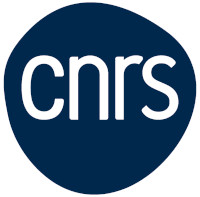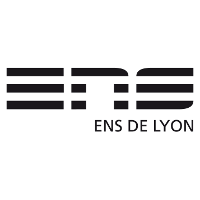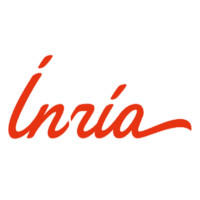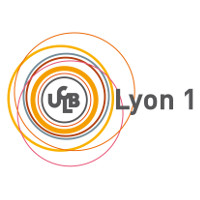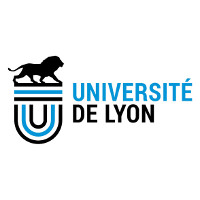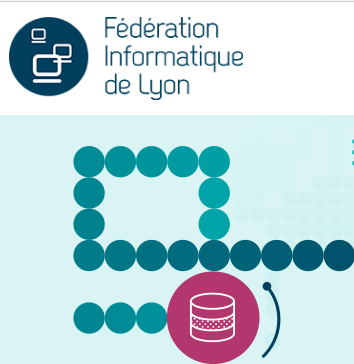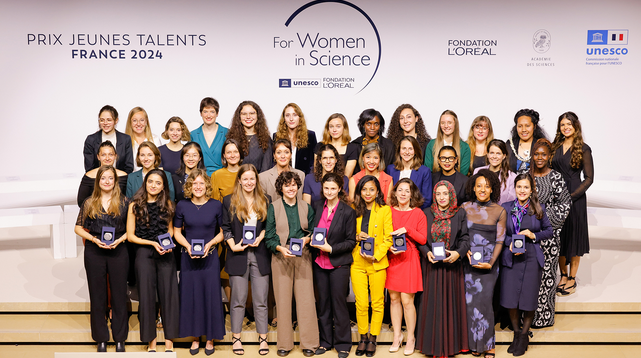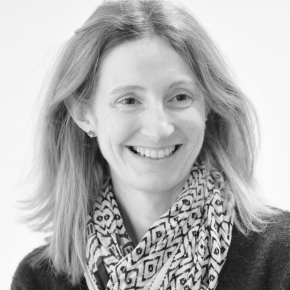LIP Highlights
Francesco Bronzino . Nomination membre Junior IUF 2025
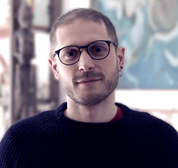
Francesco BRONZINO, maître de conférences au département d’informatique et chercheur au LIP a été nommé en tant que membre Junior de l'Institut universitaire de France (IUF).
Lire l'article > IUF 2025, félicitations à Francesco BRONZINO et à nos 23 alumni nommés.
En savoir plus sur le profil de Francesco Bronzino.LIP / Équipe HOWNET / Crédits ©Francesco Bronzino
Antoine Gonon . Prix de thèse 2025 de la Société Savante Francophone d'Apprentissage Machine

Félicitations à Antoine Gonon qui a obtenu une mention honorable au prix de thèse 2025 de la Société Savante Francophone d'Apprentissage Machine.
En savoir plus sur le profil d'Antoine Gonon.
LIP / Équipe OCKHAM / Crédits © Inria - B. Fourrier
Pegah POURNAJAFI . Prix de la Fondation Hugot du Collège de France
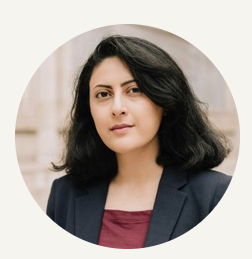
LIP / Crédits ©Collège de France
Équipe MC2 du LIP, lauréate de l'appel 2025-2026 de la Fédération Informatique de Lyon
Dans le cadre de son 9ème appel, 2025-2026, la FIL financera plusieurs projets dont celui :
> CLASS : Collecter une Liste Avec Soumission d’un Survey
L’objectif principal du projet est la rédaction d’une synthèse (survey) sur ces classes de graphes afin de mettre à jour le site web Graph Classes.
Ce sera l’occasion pour les deux porteurs de démarrer une collaboration, ce qui renforcera encore les liens entre les équipes Goal du LIRIS et MC2 du LIP.
En savoir plus > https://fil.cnrs.fr
LIP / Équipe MC2 / Crédits logo © FIL
Prix Jeunes Talents France 2024 L'Oréal-UNESCO décerné à quatre chercheuses d’équipes Inria
Quatre jeunes femmes scientifiques, membres d’équipes-projets Inria, ont reçu mardi 8 octobre le prestigieux Prix Jeunes Talents L’Oréal-UNESCO édition 2024.
Une distinction qui met en lumière la diversité et la grande qualité de leurs recherches en mathématiques et en informatique.
Félicitations à Sybille Marcotte, doctorante au sein de l'équipe Ockham.
. Lire l'article au sujet des lauréates Inria dont Sibylle fait partie.
. Visionner la vidéo retraçant son portrait.
LIP / Équipe OCKHAM © Nicolas Gouhier / Julien Knaub for Fondation L’Oréal
General Presentation of the LIP
LIP Computer Science laboratory gathers 60 permanent faculties and researchers, 40-50 PhD students and over 20 scientists working on temporary positions. The administrative and technical staff gathers 12 engineers and assisting people. Research is developed on a wide spectrum of key topics of computer and information sciences as well as on various inter-disciplinary initiatives. LIP main strength is the creative interaction between long-term fundamental research, innovative software/hardware design and shorter-term projects/transfers through industrial collaborations.
LIP members are highly involved in teaching within the University of Lyon.
The LIP is associated with the CNRS , the ENS Lyon, the Inria and the UCB Lyon 1 (UMR CNRS - ENS Lyon - UCB Lyon 1 - Inria 5668) and is part of MILYON (Laboratoire d'Excellence "Mathématiques et Informatique à Lyon").
The Director is Isabelle Guérin Lassous. The Associate Director is Nicolas Trotignon. The Deputy Director in Charge of call for projects and international affairs is Ludovic Henrio. The Deputy Director in Charge of PhD, teaching and non-permanent positions is Russell Harmer.
LIP Teams

